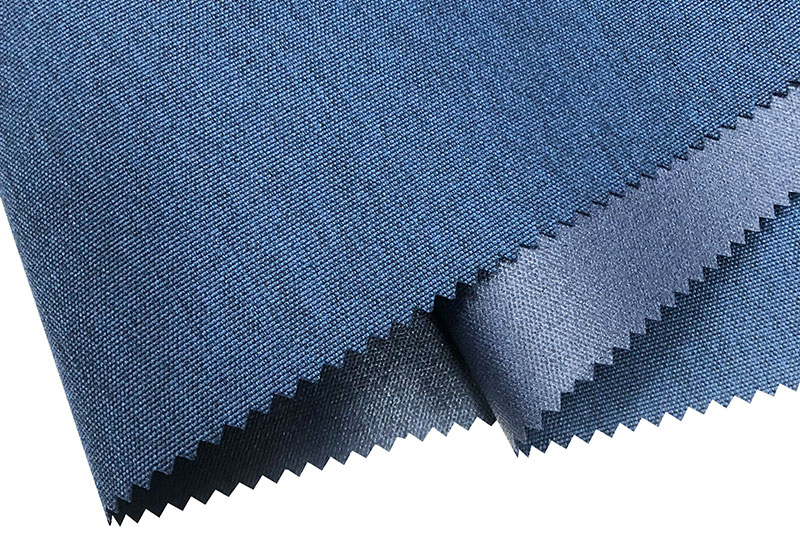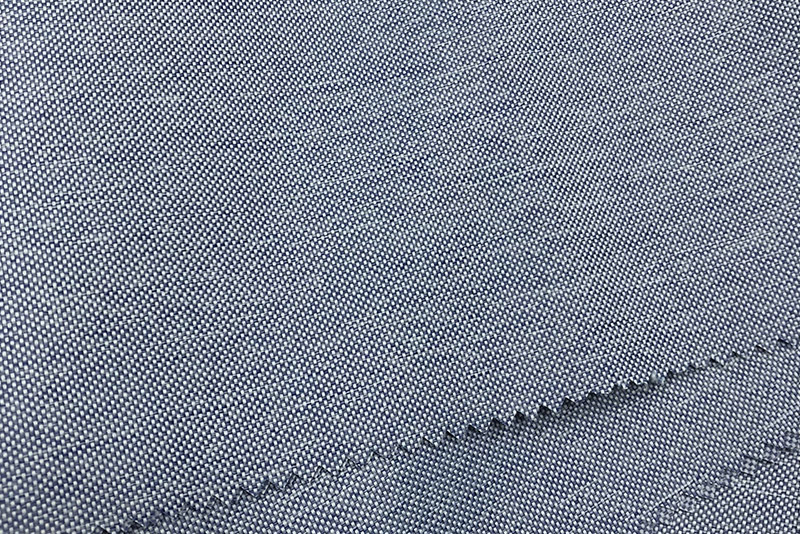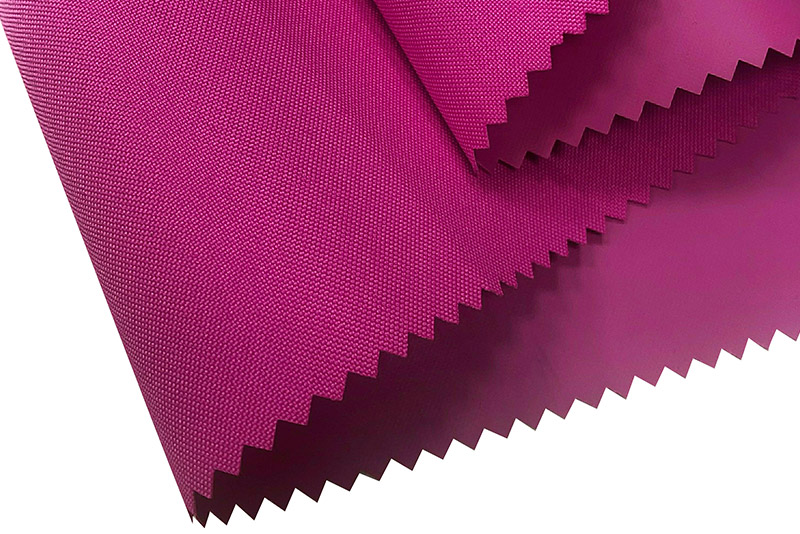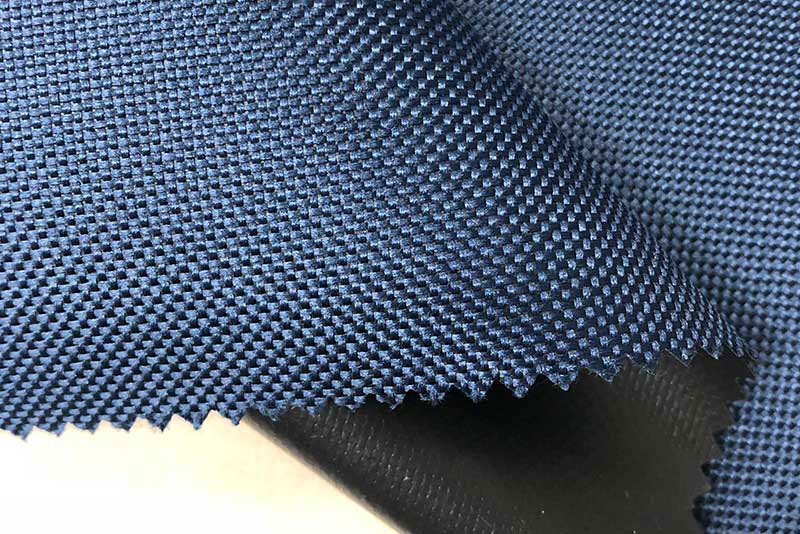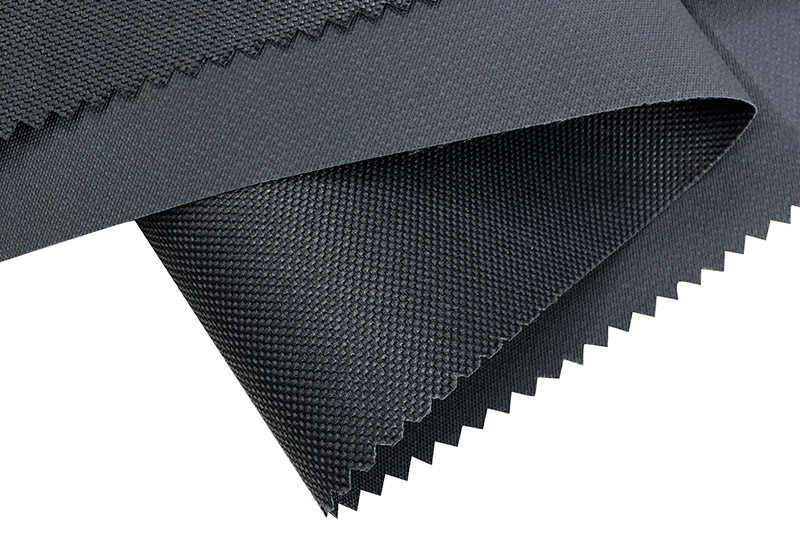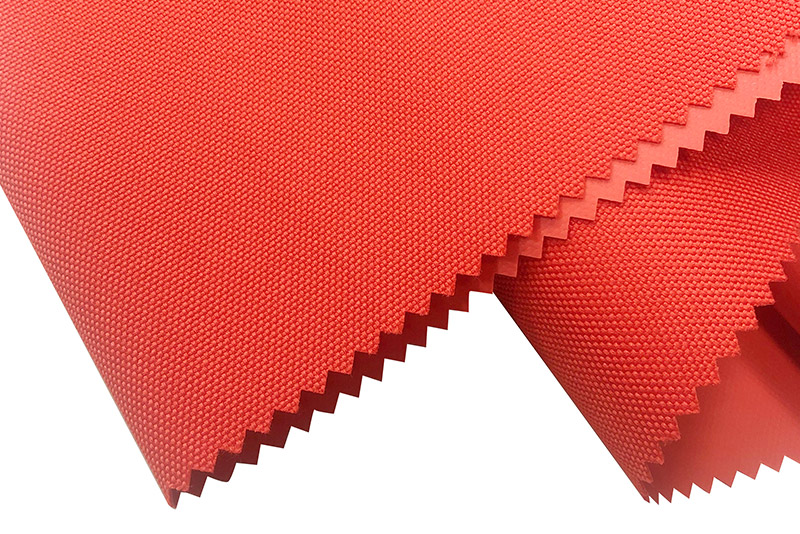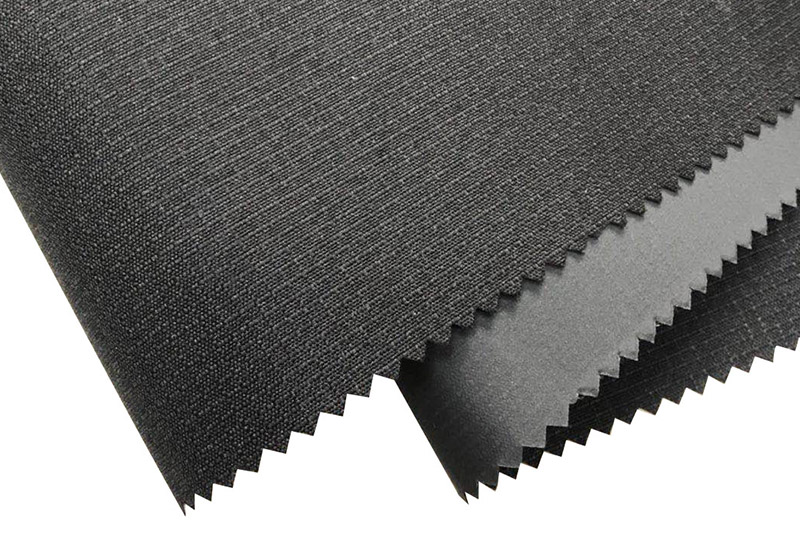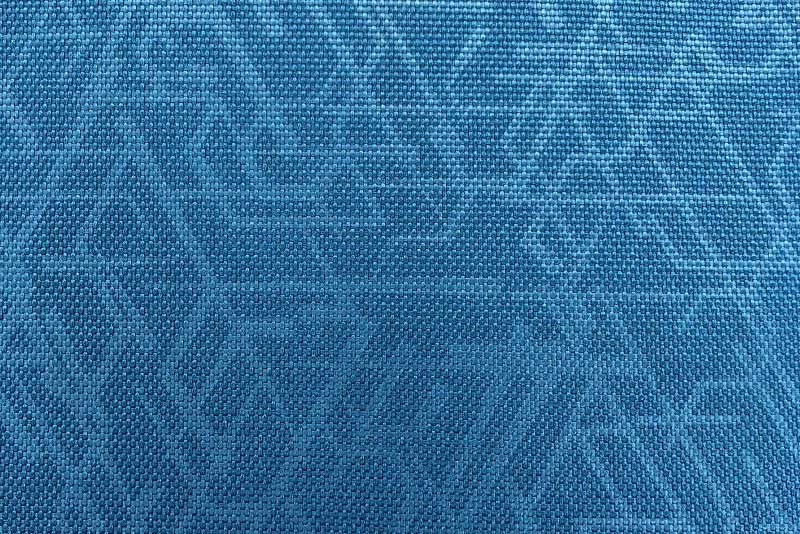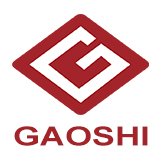Introduction: Importance of Selecting the Right Fabric
Jacquard Oxford fabric is widely used for shirts and uniforms due to its unique texture, durability, and aesthetic appeal. Choosing the right fabric ensures comfort, longevity, and a professional appearance. This article explores key factors to consider when selecting Jacquard Oxford fabric for clothing applications.
Fabric Composition and Yarn Quality
The composition of Jacquard Oxford fabric directly affects its durability, feel, and performance. Cotton, polyester, and blended yarns are common choices. Understanding the fiber content is essential for balancing comfort, strength, and ease of maintenance.
Cotton vs Polyester Blends
Pure cotton offers softness, breathability, and comfort, making it ideal for shirts worn in warm climates. Polyester blends improve wrinkle resistance, strength, and color retention, which is particularly valuable for uniforms that require frequent washing.

Yarn Count and Thread Density
Higher yarn counts and tight thread density enhance durability and smoothness. For uniforms, fabrics with moderate to high thread count are preferred, as they withstand regular wear and washing while maintaining a crisp appearance.
Weave Pattern and Fabric Structure
Jacquard Oxford fabric is characterized by a distinct weave that forms intricate patterns, contributing to both texture and strength. Understanding the weave structure helps in selecting fabric that balances visual appeal with functional performance.
Durability Through Weaving
Oxford weave provides a basket-like structure that enhances tear resistance and reduces wear over time. This makes it ideal for shirts and uniforms subject to frequent use.
Pattern Considerations
The Jacquard technique allows for complex patterns and textures. While aesthetic patterns are desirable, it’s important to ensure the weave does not compromise flexibility or breathability.
Comfort and Wearability
Comfort is crucial, especially for uniforms worn for extended periods. Factors such as softness, breathability, and moisture-wicking properties determine wearer satisfaction.
Softness and Skin Sensitivity
Smooth finishes and high-quality yarns reduce irritation and improve comfort. Pre-washing or enzyme treatment can further enhance softness, making the fabric suitable for daily wear.
Breathability and Airflow
The weave and fiber choice affect air circulation. Cotton-rich fabrics provide natural breathability, while polyester blends may require moisture management technologies to maintain comfort.
Color and Dye Quality
Uniforms and corporate shirts often require precise color matching. Fabric with consistent dye absorption and colorfastness ensures long-term visual appeal.
Colorfastness Testing
High-quality Jacquard Oxford fabrics are tested for colorfastness to washing, sunlight, and perspiration. This prevents fading and ensures uniforms maintain a professional look over time.
Pattern Visibility and Design Clarity
Dyeing and weaving techniques must preserve the clarity of Jacquard patterns. Poorly dyed fabrics can obscure intricate designs and reduce visual impact.
Maintenance and Durability
Ease of care is vital for fabrics used in uniforms and daily wear shirts. Durable fabrics that resist shrinkage, pilling, and abrasion reduce long-term costs and maintain appearance.
Washing and Shrinkage
Select fabrics that tolerate frequent laundering without significant shrinkage. Pre-shrunk or blended fabrics are ideal for maintaining consistent sizing.
Abrasion Resistance and Pilling
High-quality Jacquard Oxford fabric resists pilling and surface wear. Fabrics with tight weaves and smooth yarns reduce fuzz formation, preserving aesthetic appeal over time.
Cost and Availability
Balancing quality and budget is essential. While premium fabrics offer superior feel and durability, mid-range options may suffice for bulk uniforms if they meet key performance criteria.
Evaluating Value for Money
Consider long-term performance rather than initial cost. Fabrics that last longer and require less maintenance often offer better value for money.
Supply Consistency
Reliable sourcing ensures consistent fabric quality and color across multiple production batches, which is critical for uniforms and corporate apparel.
Sustainability and Environmental Impact
Increasingly, sustainable fabrics are preferred for corporate uniforms. Polyester-cotton blends with recycled content or environmentally friendly dyes reduce ecological impact.
Eco-Friendly Fabrics
Selecting fabrics with certifications for eco-friendly production demonstrates corporate responsibility and reduces carbon footprint.
Recyclability and End-of-Life Considerations
Consider fabrics that can be recycled or safely disposed of at the end of their lifecycle. This is particularly important for large-scale uniform programs.
Conclusion: Making an Informed Selection
Selecting Jacquard Oxford fabric for shirts or uniforms requires careful consideration of fiber content, weave structure, comfort, durability, colorfastness, maintenance, cost, and sustainability. Evaluating these factors ensures that the chosen fabric provides long-lasting performance, aesthetic appeal, and wearer comfort.
By focusing on these practical considerations, designers and manufacturers can select Jacquard Oxford fabrics that meet both functional and visual requirements, ensuring high-quality shirts and uniforms suitable for daily use and professional settings.



 English
English 简体中文
简体中文 русский
русский Español
Español